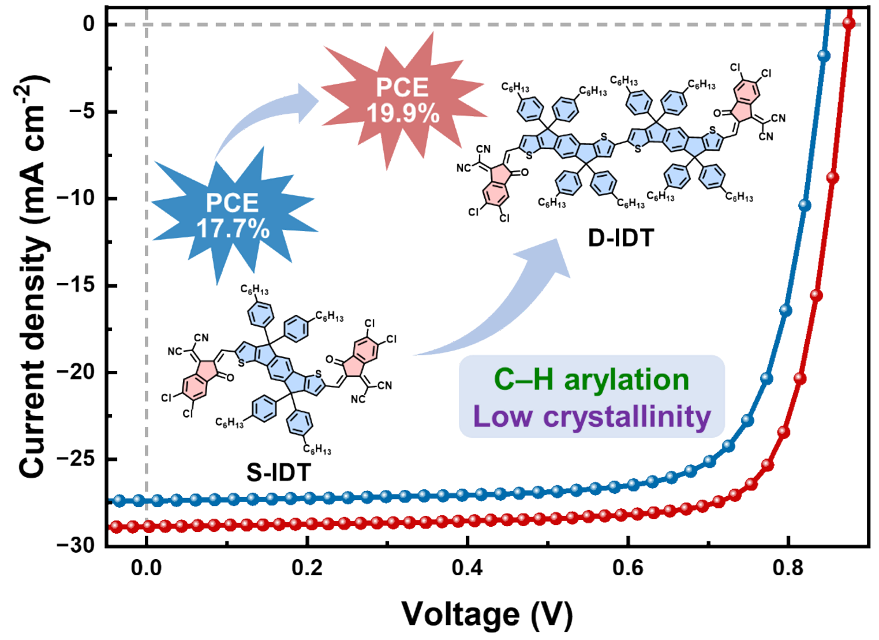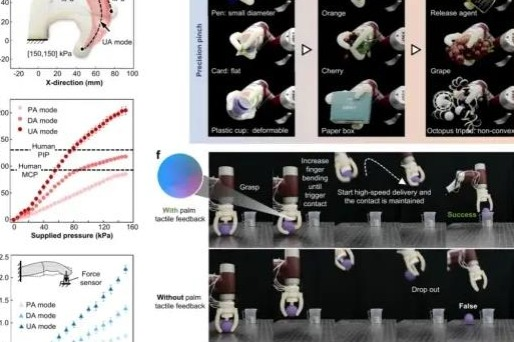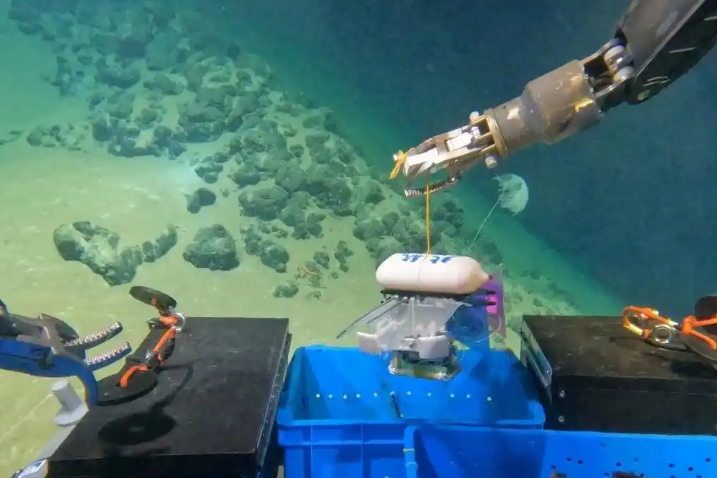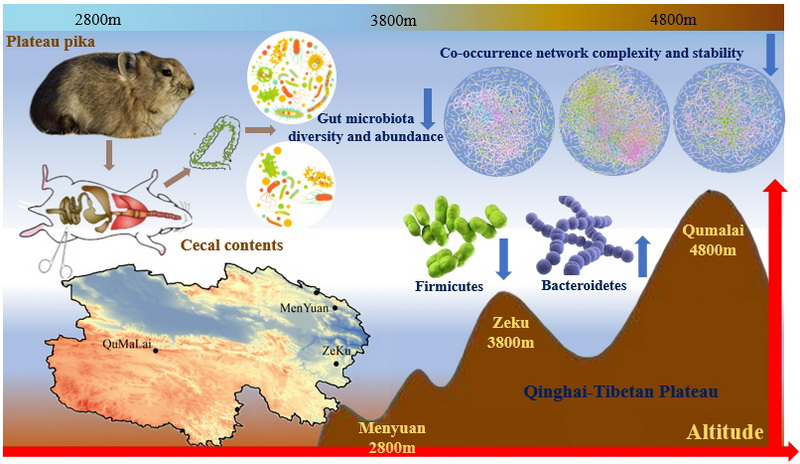Organic Solar Cells

Novel low crystallinity guest acceptor boosts efficiency of organic solar cells null A research group led by Prof. Ge Ziyi at the Ningbo Institute of Materials Technology and Engineering (NIMTE) of the Chinese Academy of Sciences (CAS), has developed a low-crystallinity guest acceptor D-IDT via tin-free direct C–H activation as a third component of the binary organic solar cells (OSCs), achieving a highly stable OSC with the power conversion efficiency (PCE) up to 19.92 percent. This work was published in Energy & Environmental Science. Thanks to their light weight, good mechanical flexibility, and translucency, OSCs have attracted great attention in the organic electronic device field. Currently, organic photovoltaic materials for OSCs are typically synthesized via Stille coupling reaction, which suffers from drawbacks such as complex procedures, limited cost-effectiveness, and environmental concerns. Therefore, low-cost and eco-friendly methods for synthesizing organic phot...




